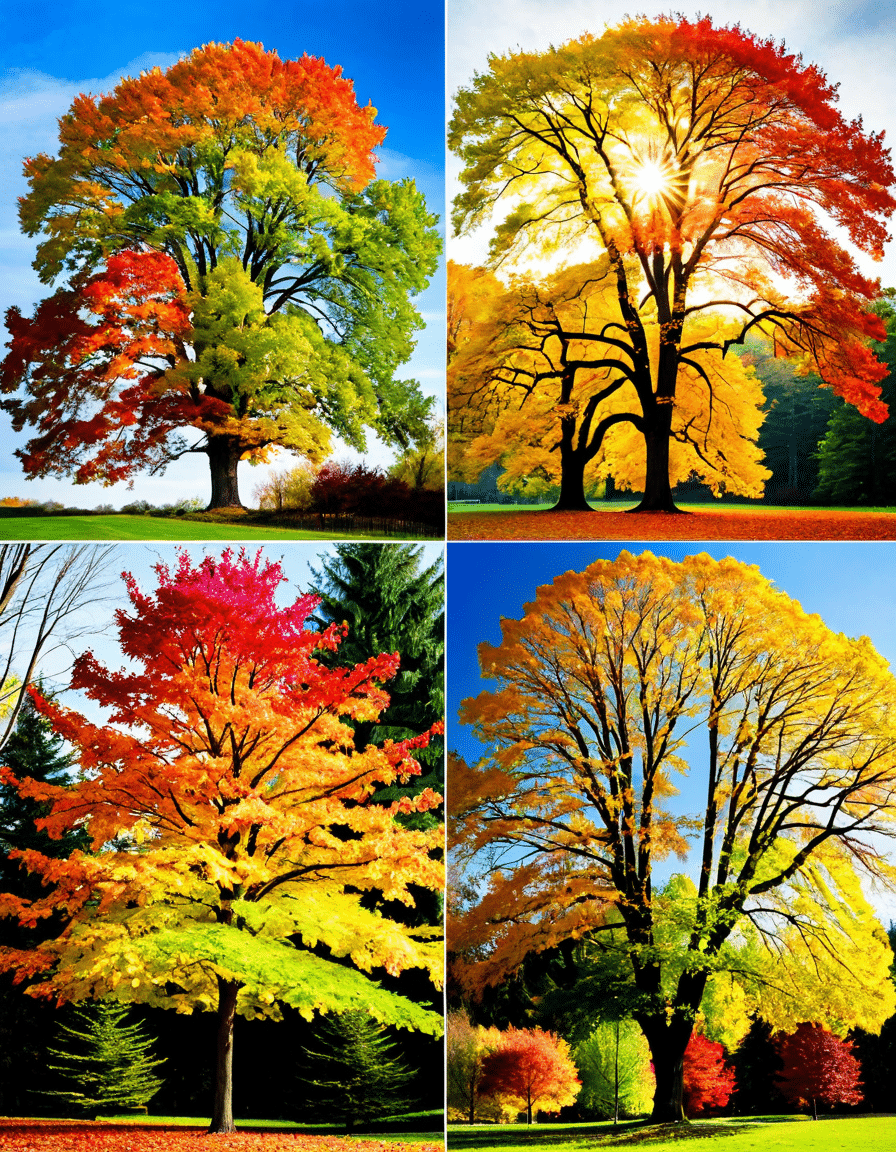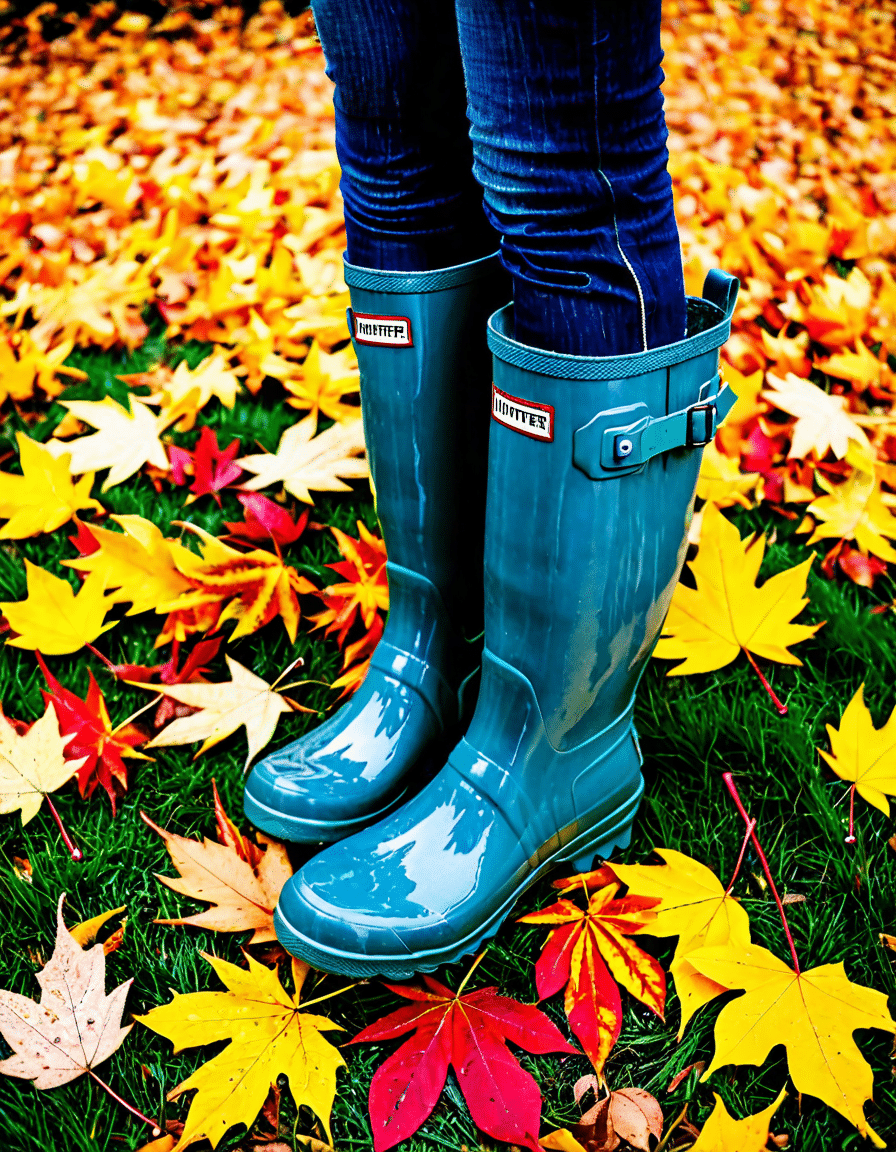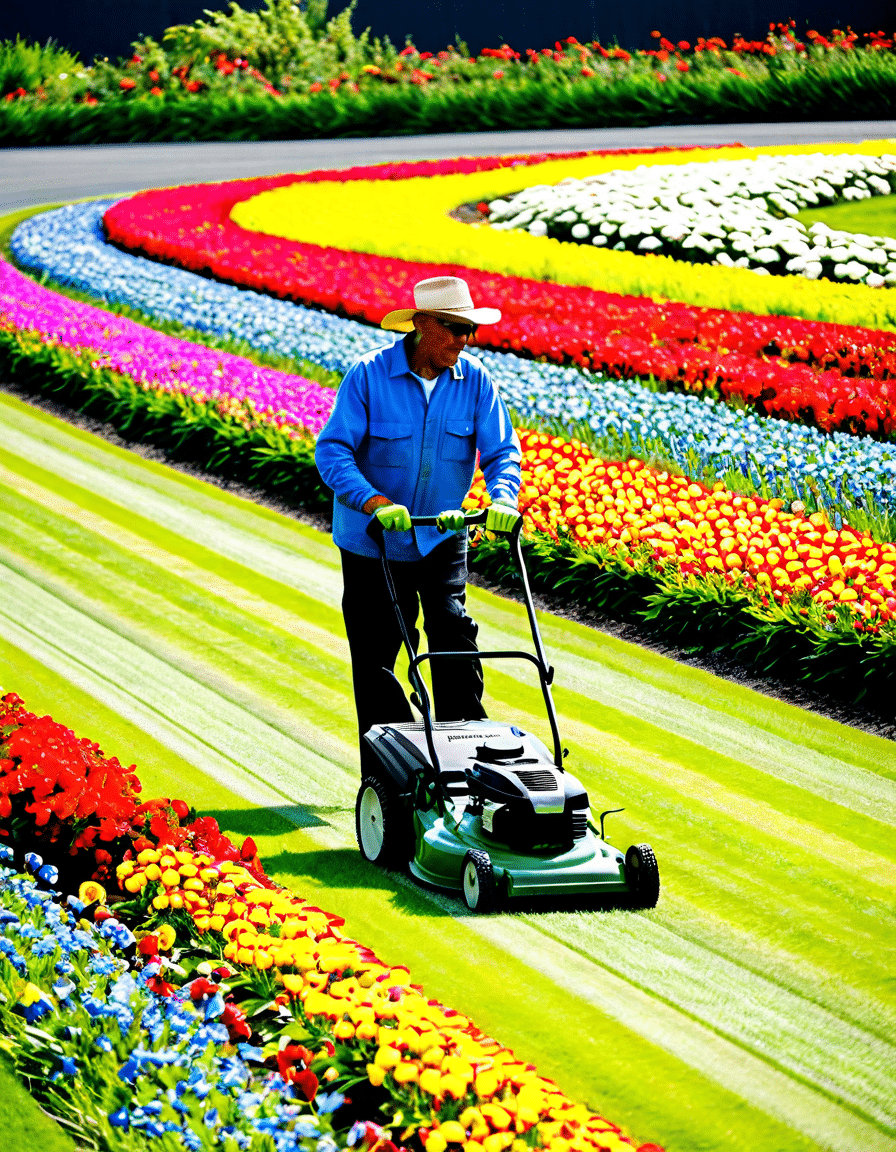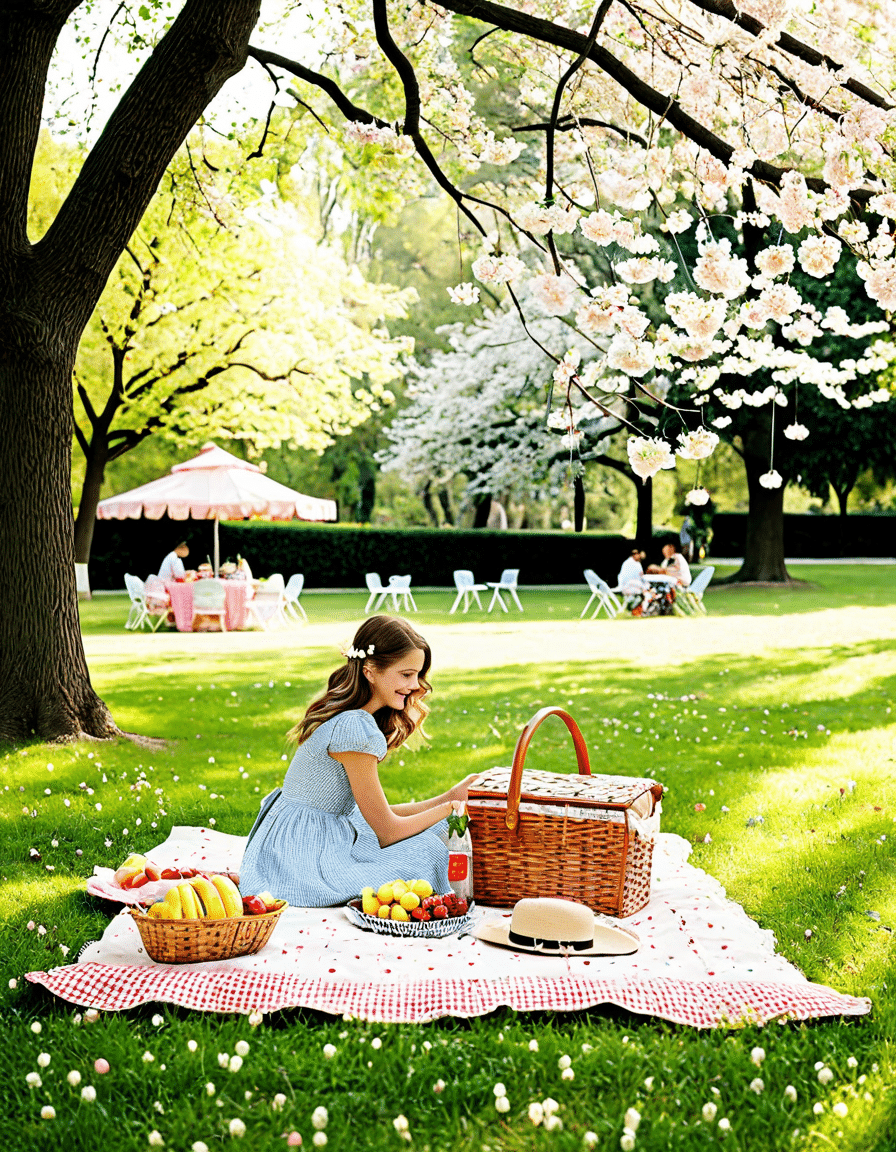The 4 seasons—spring, summer, autumn, and winter—unfold like an exquisite fashion show, each strutting its individual aesthetic on the runway of nature. Each change in the season brings forth an exquisite tapestry of colors, scents, and sensations that reflect not just the environment but also the flickers of life surrounding us. As the Earth tilts and orbits, letting in the golden sun or wrapping us in cool shadows, nature’s timely transformations are in full display. It’s not merely about what we see; it’s about understanding the intricate ecosystem that influences it all, offering splendid lessons on resilience and adaptability.
Across time, the 4 seasons have captivated humanity, inspiring art, literature, and more. Spring embodies renewal, where blooms burst forth and nature seems to breathe life anew. Summer invites warmth and vibrancy, perfect for the lush growth we often embrace in our gardens and backyards. As autumn arrives, we witness nature’s kaleidoscope of color, a departure that speaks of gratitude as leaves fall. Finally, winter envelops the world in a serene blanket, reminding us of the beauty of rest and renewal. The magic of the changing seasons isn’t just visual; it’s a cyclical reminder of life’s dance, reflecting our own journeys.

4 Seasons Unraveled: The Science and Art of Nature’s Transformation
Delving deeper into the 4 seasons, the science behind these transformations is as fascinating as the art they inspire. The tilt of the Earth’s axis plays a significant role in seasonal changes. As we orbit the sun, different regions receive varying amounts of sunlight, influencing plant blooming and animal behaviors. This cosmic interplay not only generates breathtaking scenes but ultimately drives the rhythms that define life on Earth.
To harness this beauty, city planners are increasingly embracing seasonal change, creating vibrant displays in urban landscapes. Initiatives like urban greening have transformed cities worldwide into seasonal paradises, inviting residents to bask in the changing hues. Take Paris, for example. The city has embraced seasonal blooms, refreshing its streets with floral arrangements that not only enhance the aesthetic but also boost tourism by captivating visitors with nature’s stunning artistry.
The interconnectedness of plant life and animal activity during each season is a sensational highlight of nature’s cycle. In spring, animals emerge from hibernation and plants start to flourish. Summer heats up the spotlight on nature, allowing lush foliage to capture sunlight effectively. Autumn—the world’s stage—sees a kaleidoscope of colors that encourage animals to prepare for winter, while winter reminds us of renewal through rest. Each season complements the next, offering a beautifully orchestrated performance we can’t help but admire.
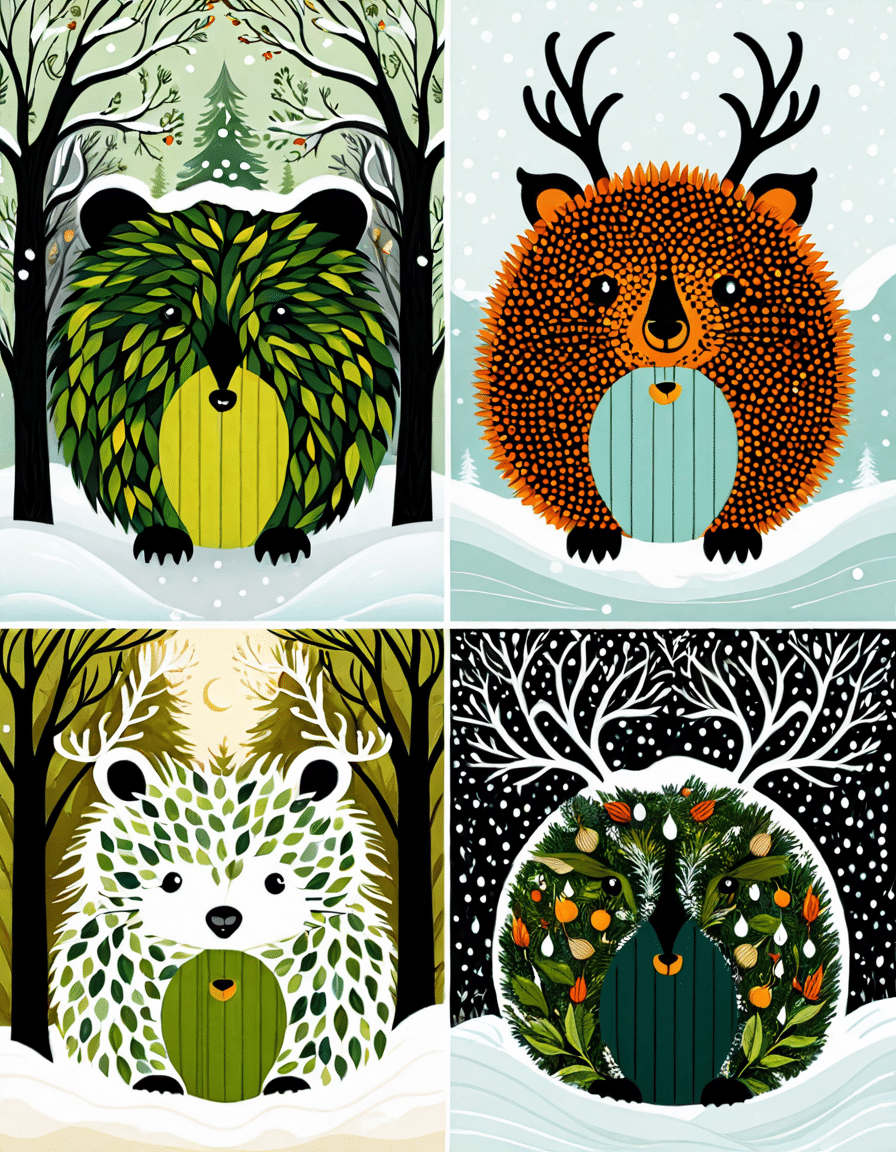
The Fascinating Evolution: 1923 Season 3 and Its Impact
History often echoes through nature’s cycles, much like the profound impact of 1923 Season 3 on our understanding of ecological developments. During that time, changes in vegetation reflected shifts in climate that continue to concern us today. Researchers have taken particular interest in the link between historical patterns and current environmental states, utilizing data from the past to shed light on vegetation growth and the dynamics of climate change.
For instance, the study of plant species thriving during the 1920s provides insights into their modern counterparts. It’s surprisingly alarming—how certain plants that once thrived in warmer climates are steadily declining. This reflection allows us not only to appreciate the delicate balance within nature but also warns us about the repercussions of neglecting ecological preservation efforts. Understanding this history is vital, especially as we witness climate impacts firsthand, underscoring the need for proactive conservation practices.
The 4 seasons serve as a cyclical reminder of resilience, urging us to adapt and respond to environmental shifts. By immersing ourselves in the knowledge gleaned from past patterns, we can better prepare for the future as stewards of the Earth, ensuring that our natural surroundings flourish regardless of adversity. This cyclical engagement is an invitation to reflect on how we can maintain a delicate equilibrium between nature and humanity in our ever-accelerating lives.

Nature’s Color Palette: The Role of 1883 Season 2
Colors, oh how they inspire our emotions and style! The significance of seasonal color changes resonates with artistry and, surprisingly, even reflective of history through initiatives observed in 1883 Season 2. The vivid hues found in landscapes back in the day are strikingly similar to today’s seasonal variations, contributing to contemporary design ideas and urban projects.
One cannot help but marvel at how modern cities have embraced these colorful palettes. Cities like New York have transformed streets into vibrant canvases through plant project initiatives, enabling urban dwellers to reconnect with nature. Take, for instance, the Crater Of Diamonds state park Photos, showcasing brilliant hues in their seasonal transitions. Such images draw people into the beauty of the changing seasons while simultaneously promoting conservation efforts.
The presentation of colors through seasonal shifts draws parallels to storytelling methods in cinema. Filmmakers often employ environmental cues, where the changing seasons symbolize character evolution—think of those moody autumn films that echo transitions and transformations. Pop culture embraces these narratives too, invoking the power of simplicity and subtlety in connecting with audiences. As dramatic as the Met Gala Looks in their vibrant hues, nature also embodies a subtle yet compelling invitation to engage with the beauty around us.

4 Seasons of Wildlife Adaptation: Resilience on Display
Ah, nature, what a resilient persona! Wildlife doesn’t merely adapt to the 4 seasons; they thrive through intricate changes. Each season introduces unique challenges, and it’s fascinating to witness how species evolve to meet them. For instance, the Arctic fox showcases a remarkable transformation in both diet and fur color during summer. As the sun shines brightly, their coats shift from white to brown to blend seamlessly with leafy landscapes.
In sharp contrast, winter casts a spell of stillness, prompting many creatures, like bears, to retreat into slumber. Hibernation becomes essential for their survival and an incredible adaptation strategy. The interconnectedness of flora and fauna becomes evident, emphasizing the critical balance required to maintain ecosystems. Those charming Saint Bernard shepherd mix remind us how adaptations can lead to endearing variations, enhancing their charm in the wild.
The adaptive strategies observed across the 4 seasons underscore essential lessons of resilience we ought to celebrate. Understanding that life pulsates through this cyclical dance offers insight into the evolutionary strategies that have enabled species to thrive for generations. It’s an essential reminder for us all that, just like them, we too can navigate the ebbs and flows of change. Observing how life pushes through adversity affirms the innate beauty found in perseverance and adaptability.
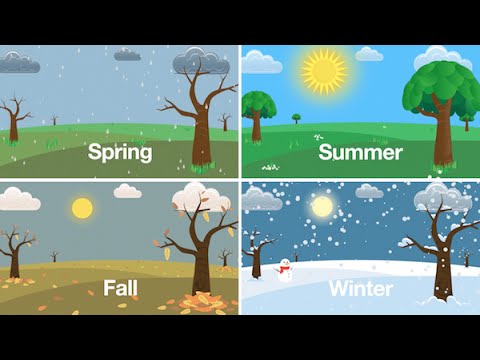
The Culinary Calendar: 1923 Season 2’s Influence Hits Home
Ah, the culinary landscape—ripe for seasonal excellence! The food we consume can be influenced by nature’s brilliance as well. The resurgence of seasonal menus harks back to the culinary trends of 1923 Season 2, where restaurants increasingly embrace farm-to-table dining. These establishments amplify their menus using fresh, localized produce that embodies the essence of seasonal flavors.
In autumn, one is greeted with the warm embrace of pumpkin-spiced delights; those dishes capture the essence of the orange glow surrounding us. On the other hand, summer celebrates the lusciousness of ripe tomatoes blended with fragrant basil, a flavor explosion straight from the garden. This emphasis on seasonality fosters eco-friendly practices and supports local farmers, linking diners directly to the rhythms of nature and pushing against the tide of food waste.
As the dining experience embraces the culinary calendar, characters from shows like Bunk’d effortlessly connect with food, weaving stories around their meals that nourish not just the belly but also the soul. Cooking fresh, seasonal meals lets us reconnect with the essence of each season. In a world that often rushes, letting the seasons dictate our plates beautifully honors the cycles we are part of.
Celebrating Culture Through the 4 Seasons
Cultural milestones rejoice in the celebration of the 4 seasons. From harvest festivals to springtime rebirth, these annual cycles influence human traditions and form the fabric of identity across civilizations. Take, for instance, the Japanese festival of Hanami; this beautiful event revolves around cherry blossom viewing, symbolizing the renewal of life and the delicate nature of existence.
In autumn, celebrations like Thanksgiving are deeply tied to the harvest, demonstrating gratitude for the bounty our planet provides. Festivals worldwide continuously celebrate seasonal transitions, weaving a rich tapestry of cultural heritage that resonates through time. These gatherings allow communities to unite, sharing food and stories that ultimately reinforce the significance of nature’s seasonal rhythms.
As we embrace the 4 seasons, we find ourselves invited to partake in a wider cultural dialogue. Through art, cuisine, and celebration, we reinforce the connections that shape our experiences. Embracing these cycles not only enriches our lives but also fosters a shared appreciation for the beauty of nature’s transformations—reminding us to cherish every leg of our own journey within the nature we cannot help but adore.
The Innovative Wrap-Up: Embracing the Flow of Nature
In sum, the 4 seasons invite us to reflect on the magical transformations in the natural world. They offer insights into our own cycles of change, growth, and celebration. Immersing ourselves in seasonal rhythms—be it through art, cuisine, or cultural celebrations—reveals the profound value of adaptability in our own lives. As we encounter shifting climates and societal transitions, embracing the beauty behind nature’s stunning transformations inspires us toward more harmonious coexistence with our environment.
Having learned these essential lessons, we must approach our futures with hope and resilience, knowing that, like nature itself, we too can thrive amid change. The next time you find yourself in awe of the budding flowers of spring or the soft whisper of falling leaves, take a moment to appreciate the powerful poetry unfolded by nature’s splendid seasons. As we look towards the seasons ahead, may we carry forth the elegance of change, gracefully embracing the world with our own sense of style.
If you’re searching for majestic wildlife experiences, filled with wild beauty, or you’re keen on uncovering seasonal culinary delights, don’t forget to check out the incredible wonders nature has to offer! We at Paradox Magazine encourage you to connect with your environment, as it brings out the strongest version of you, one that adapts and flourishes!
The 4 Seasons: A Deep Dive into Nature’s Wonders
The Splendor of Spring
Ah, spring! This season often gets folks buzzing about new life. Did you know that many flowers bloom specifically based on the number of daylight hours? This phenomenon is called photoperiodism. For instance, tulips and daffodils are among the first to cheer us on as warmer weather kicks in! Speaking of excitement, just as viewers eagerly await the latest episodes of shows like Bunk’d, nature also brings a fresh wave of color and vibrancy. Birds return, animals awaken from their sleep, and gardens blossom—it’s a restart for the environment, much like how Ben Shelton’s parents support his rising tennis career, always rooting for growth.
Summer’s Vibrance
Next up is summer, known for its long, sun-drenched days. Did you know that the Earth’s tilt is what creates our summer season? The tilt gives some areas more sun than others, and that sparks growth like nobody’s business! Similar to the fervor surrounding Matthew Knowles’ musical discovery of talent, summer features an abundance of life. It’s the perfect time for outdoor activities, family fun, and trips to places like Mjr Partridge creek, where folks can enjoy the sun’s magic while indulging in cinema. It’s a prime season for farmers’ markets as produce is bountiful and ripe for the picking.
Autumn’s Richness
When autumn rolls around, the air gets a bit crisper. Leaves paint the landscape in vibrant hues of red, orange, and yellow, and while it looks magical, it’s also science! Trees lose their leaves to conserve water and energy for winter months ahead. While nature prepares for a deeper rest, we cozy up with the changing scenery, perhaps inspired by the way filmmakers capture moments in Richard Kind’s movies and TV shows, where every season portrays an array of moods. Autumn is also a great time for harvest festivals, while companies like Solgaard bring innovative solutions to help us enjoy outdoors sustainably.
Winter’s Tranquility
Finally, we arrive at winter, the season of introspection and perhaps a bit of hibernation. It’s a time when many animals, including bears and squirrels, take a break, much like how we recharge during seasonal holidays. This tranquility reminds us of the cycles of life that keep repeating, much like how artists re-invent their crafts in every new season of music or storytelling. Just as Mathew Knowles ventures in the industry keep evolving, so does nature’s ability to change. In winter, we might feel a sense of calm before the fresh awakening of spring, underscoring the beauty in endless transitions.
Each of the 4 seasons brings its own unique charm and purpose, reminding us to appreciate the cycle of life and the changes it brings. From the bustling activity in spring to the deep stillness of winter, the natural world keeps captivating us with its magic.












